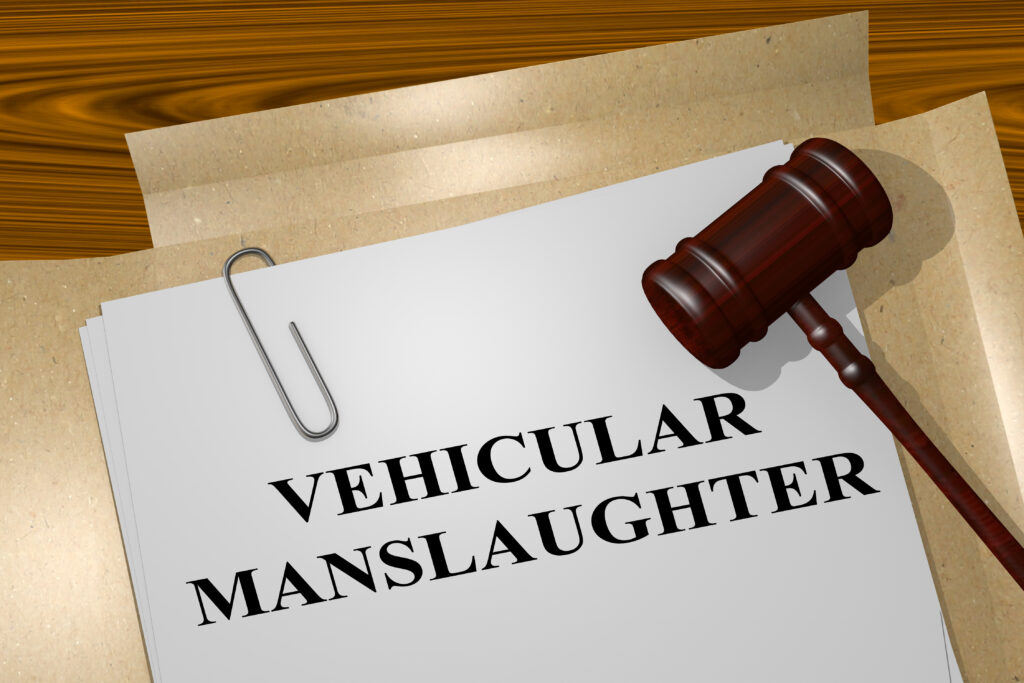Now Reading: Emergency vs. Non-Emergency Ambulance Billing: What’s the Difference After a Crash?
-
01
Emergency vs. Non-Emergency Ambulance Billing: What’s the Difference After a Crash?

Emergency vs. Non-Emergency Ambulance Billing: What’s the Difference After a Crash?
After a car accident, medical care often begins before you even reach the hospital. For many, that means an ambulance ride. The type of ambulance you take and how it is classified can have a big impact on your medical bills. The difference between emergency and non-emergency ambulance services is not just about urgency. It also determines how much you will pay and whether your insurance will step in. Understanding these distinctions can help you avoid financial surprises at a time when you are already dealing with the stress of recovery. For guidance in navigating these costs and protecting your rights, Malman Law offers experienced legal support.
What Counts as Emergency Ambulance Service?
Emergency ambulance services are dispatched when your condition is critical or life-threatening. This can include situations such as severe trauma, cardiac arrest, or uncontrolled bleeding. These ambulances are equipped with advanced life-support equipment such as ventilators, defibrillators, and IV medication supplies. Paramedics on board are trained to perform lifesaving interventions on the way to the hospital, not just provide transportation.
How Billing Works for Emergency Services
Due to the advanced equipment and training required, emergency transport incurs higher costs. Bills often include:
- A base rate for emergency response
- Mileage charges for transport to the hospital
- Specialized supplies and procedures such as oxygen or IV therapy
Insurance usually covers most emergency ambulance costs, but the details depend on your policy. Coverage often falls under personal injury protection (PIP) or medical payments coverage (MedPay) in auto insurance policies, although health insurance may also apply. The key factor is whether the situation met the definition of a true medical emergency, which can sometimes lead to disputes.
What Counts as Non-Emergency Ambulance Service?
Non-emergency ambulance services are for patients who need medical transport but are not in immediate danger. This might include:
- Transfers between hospitals or care facilities
- Scheduled transport to dialysis, chemotherapy, or specialist appointments
- Helping patients with mobility or medical equipment safely reach care
These ambulances are usually staffed with EMTs rather than paramedics. Their focus is on safe, comfortable transport and monitoring basic medical needs.
How Billing Works for Non-Emergency Services
Billing is often more complicated. Many insurers require a doctor’s certification of medical necessity before covering non-emergency ambulance rides. Without that documentation, patients can be left with out-of-pocket costs. Charges can include:
- A base transport fee
- Mileage rates
- Additional support services such as oxygen or monitoring equipment
Unlike emergency services, insurance providers frequently deny claims if they determine the transport was not medically necessary, leaving patients with the full bill.
Key Differences to Keep in Mind
- Urgency: Emergency services respond to immediate threats to life or health. Non-emergency services handle scheduled or less urgent transport.
- Care Provided: Emergency ambulances have paramedics and advanced equipment. Non-emergency ambulances generally offer basic monitoring and comfort.
- Cost and Coverage: Emergency services are billed at higher rates but are more likely to be covered by insurance. Non-emergency services can be less expensive but harder to get approved for coverage.
How Insurance Handles Ambulance Costs
Emergency Transport
Auto insurance policies often step in first after an accident. Many policies cover emergency ambulance services through PIP or MedPay, reducing the immediate financial burden. Health insurance may act as secondary coverage if costs exceed auto policy limits.
Non-Emergency Transport
Non-emergency transport is trickier. Some auto policies do not cover it at all, leaving patients reliant on health insurance, which usually requires pre-approval and medical necessity documentation. Denials are common, which is why careful policy review and documentation from your doctor are essential.
Tips for Handling Ambulance Billing Disputes
- Review your statement closely: Look for errors in service classification (emergency vs. non-emergency) or duplicate charges.
- Call your insurer: Clarify what your policy covers and how ambulance billing is applied.
- Speak with the billing office: Ask for explanations and request itemized charges if anything looks unclear.
- Seek professional help if needed: If billing disputes remain unresolved, legal counsel can help protect your rights and challenge unfair charges.
Final Thoughts
Understanding how ambulance services are classified and billed can make a big difference in the aftermath of a crash. Emergency services are lifesaving but costly, while non-emergency services fill an important role yet often face stricter insurance hurdles. If you are left facing confusing or unexpected ambulance bills after an accident, you do not have to navigate the process alone. The experienced team at Malman Law can help you understand your coverage, challenge improper charges, and make sure your financial recovery supports your physical recovery.










